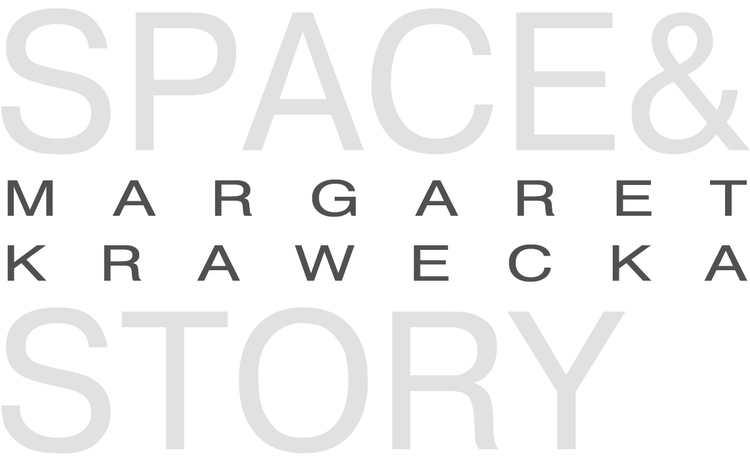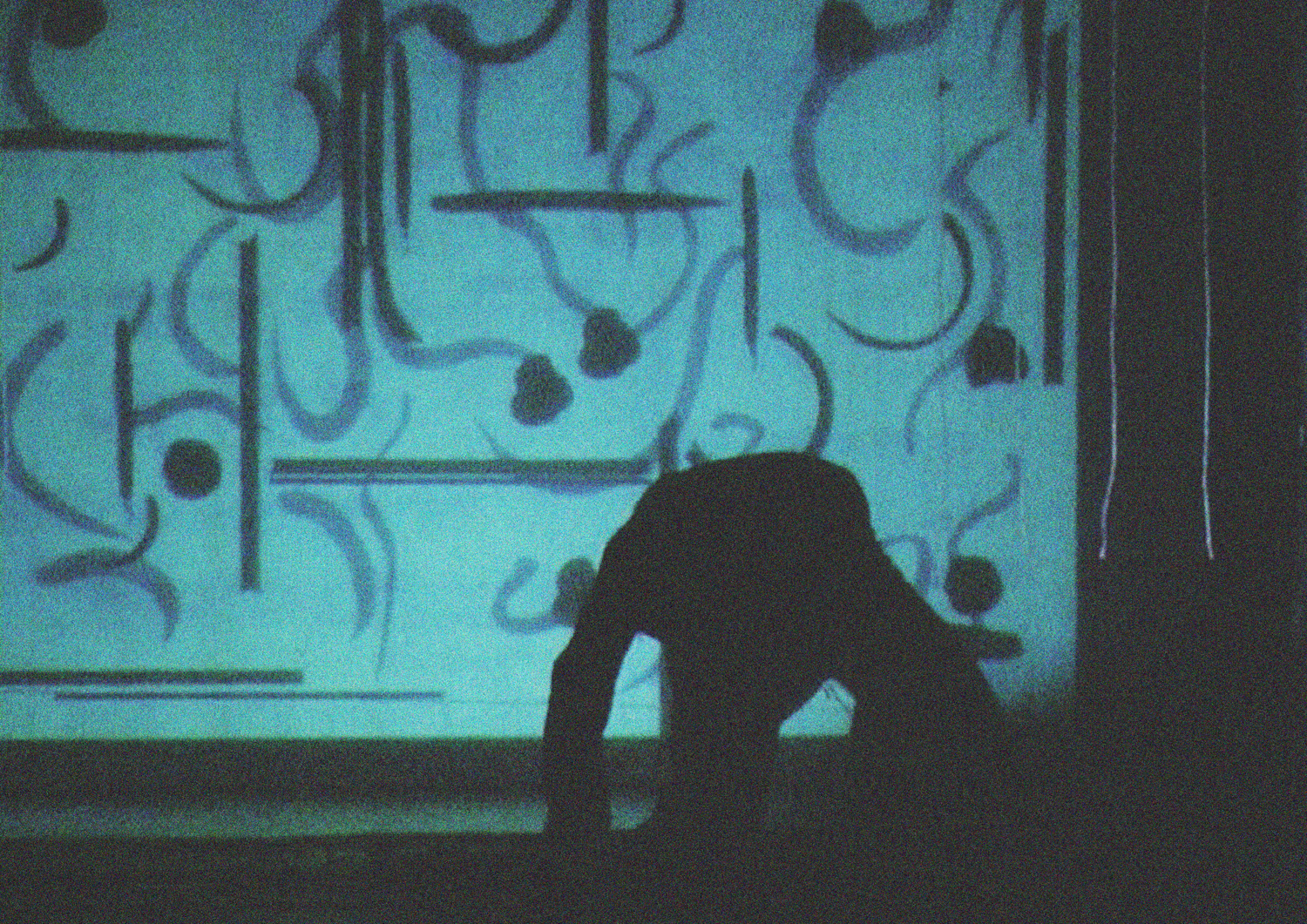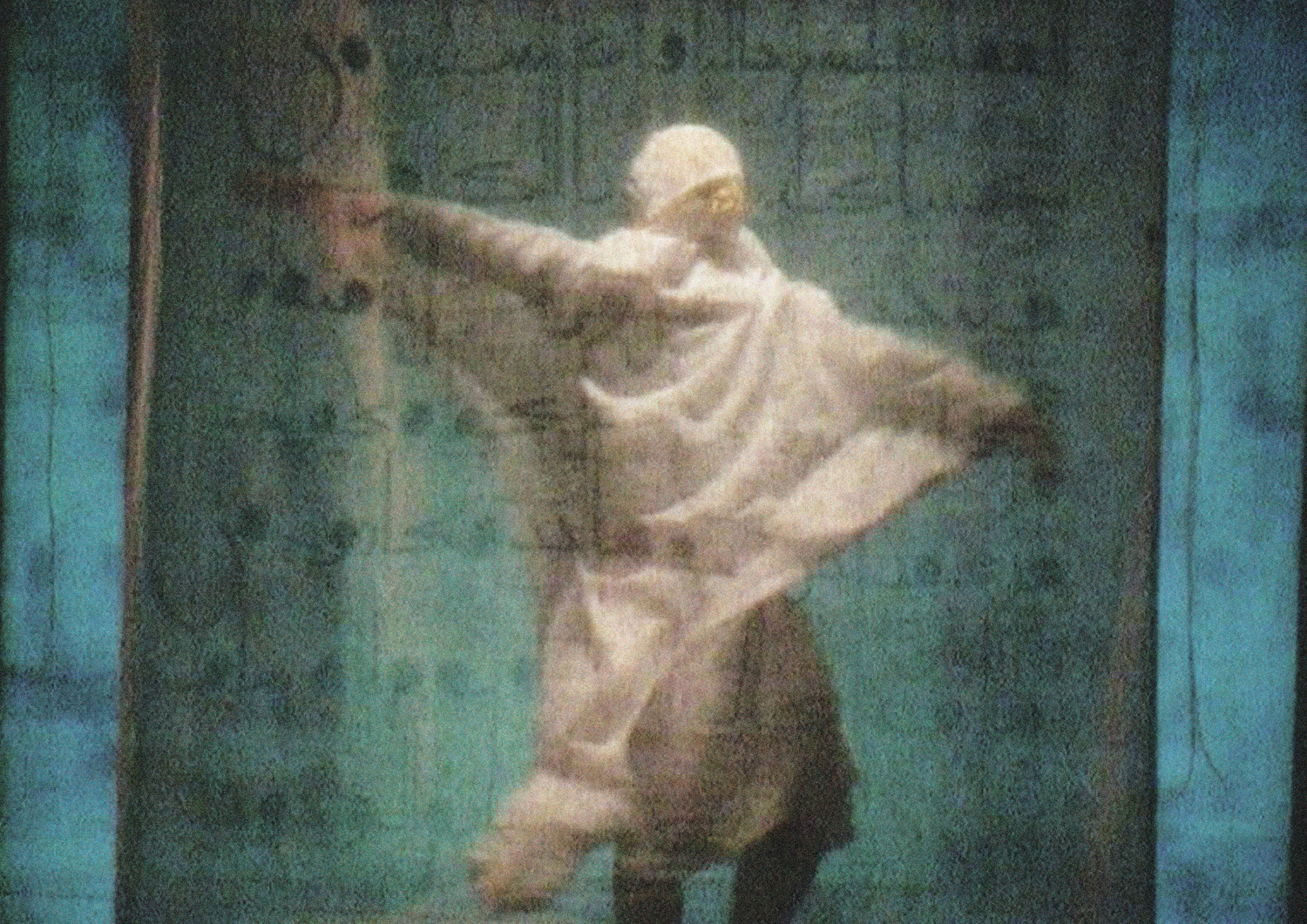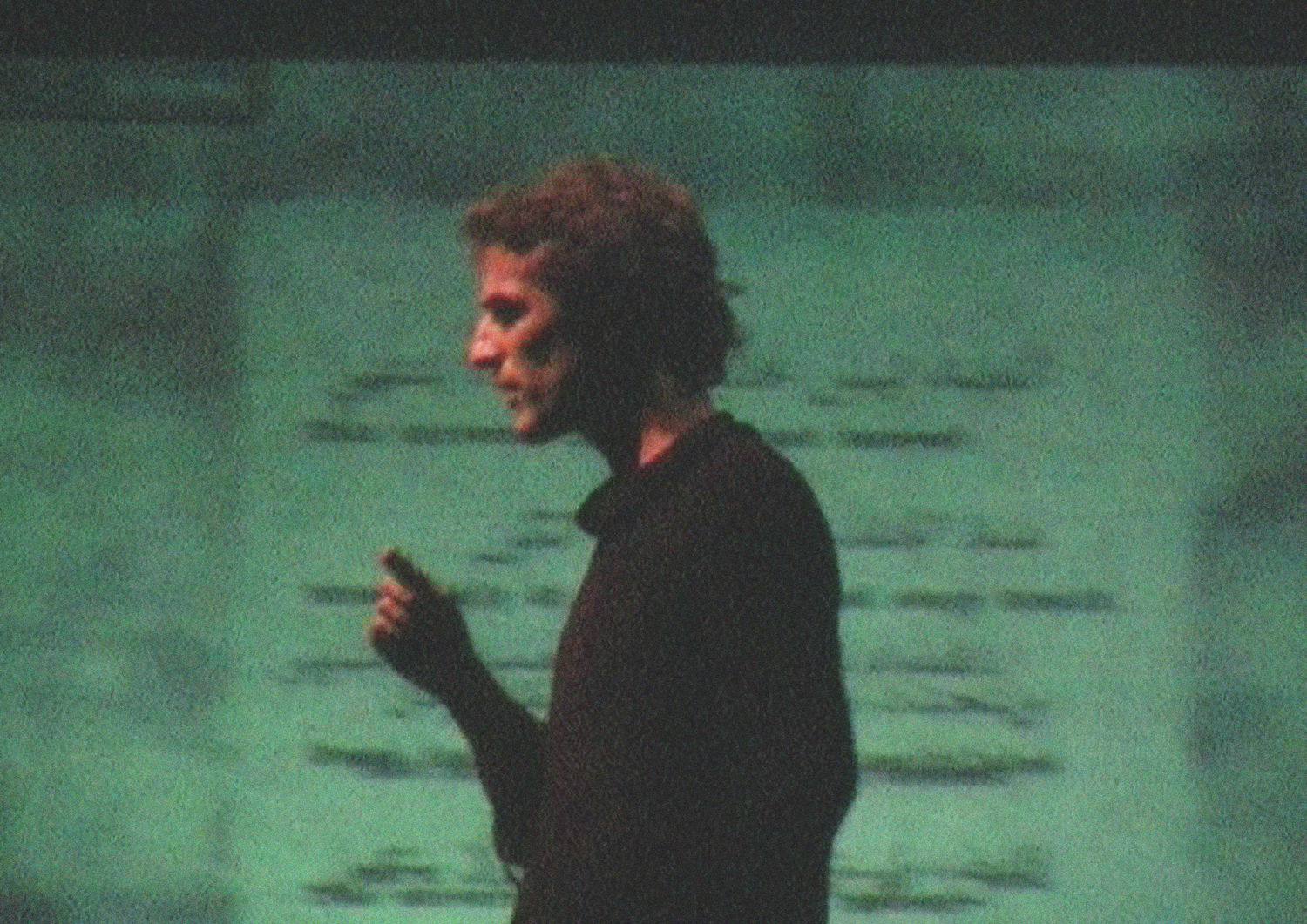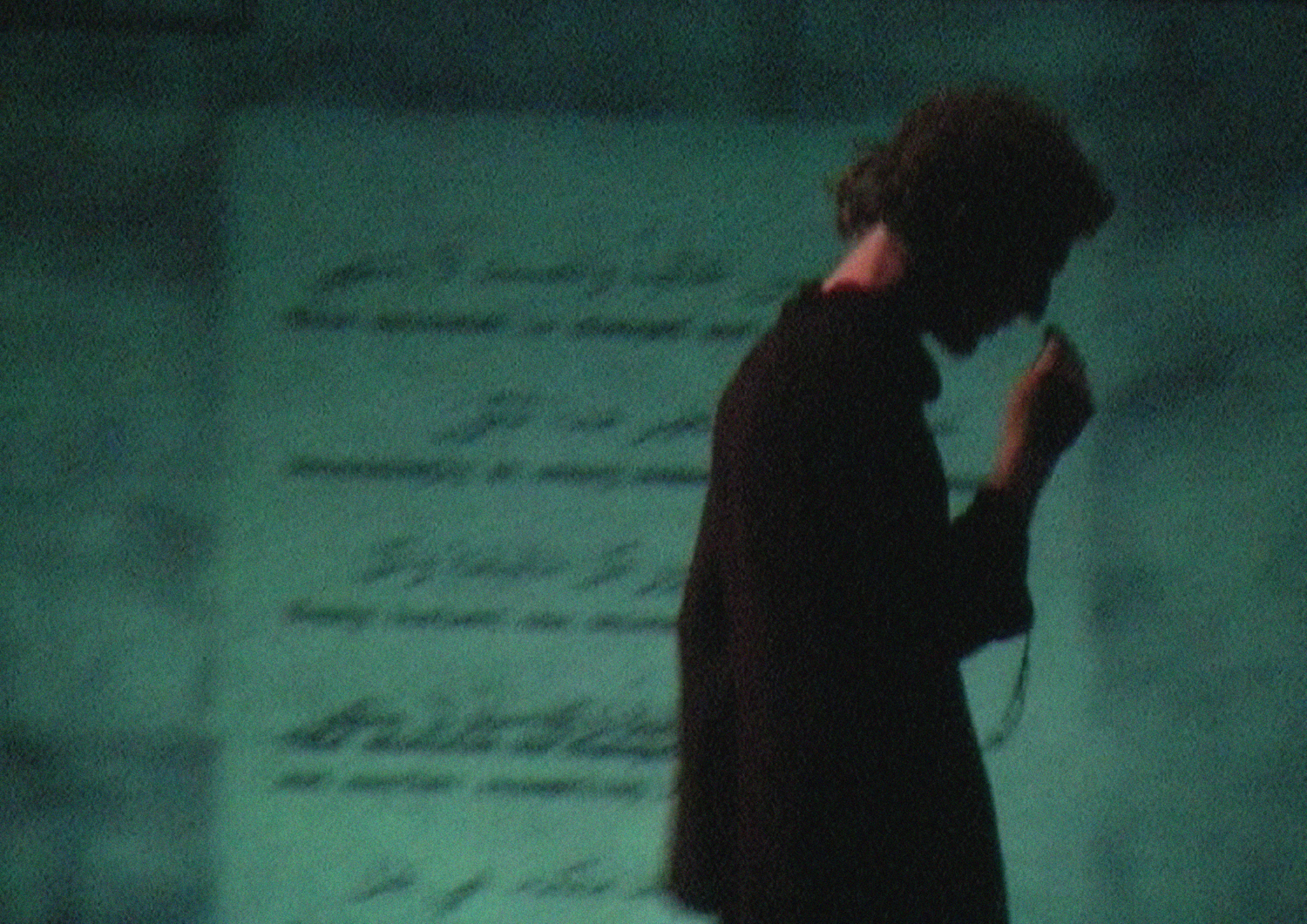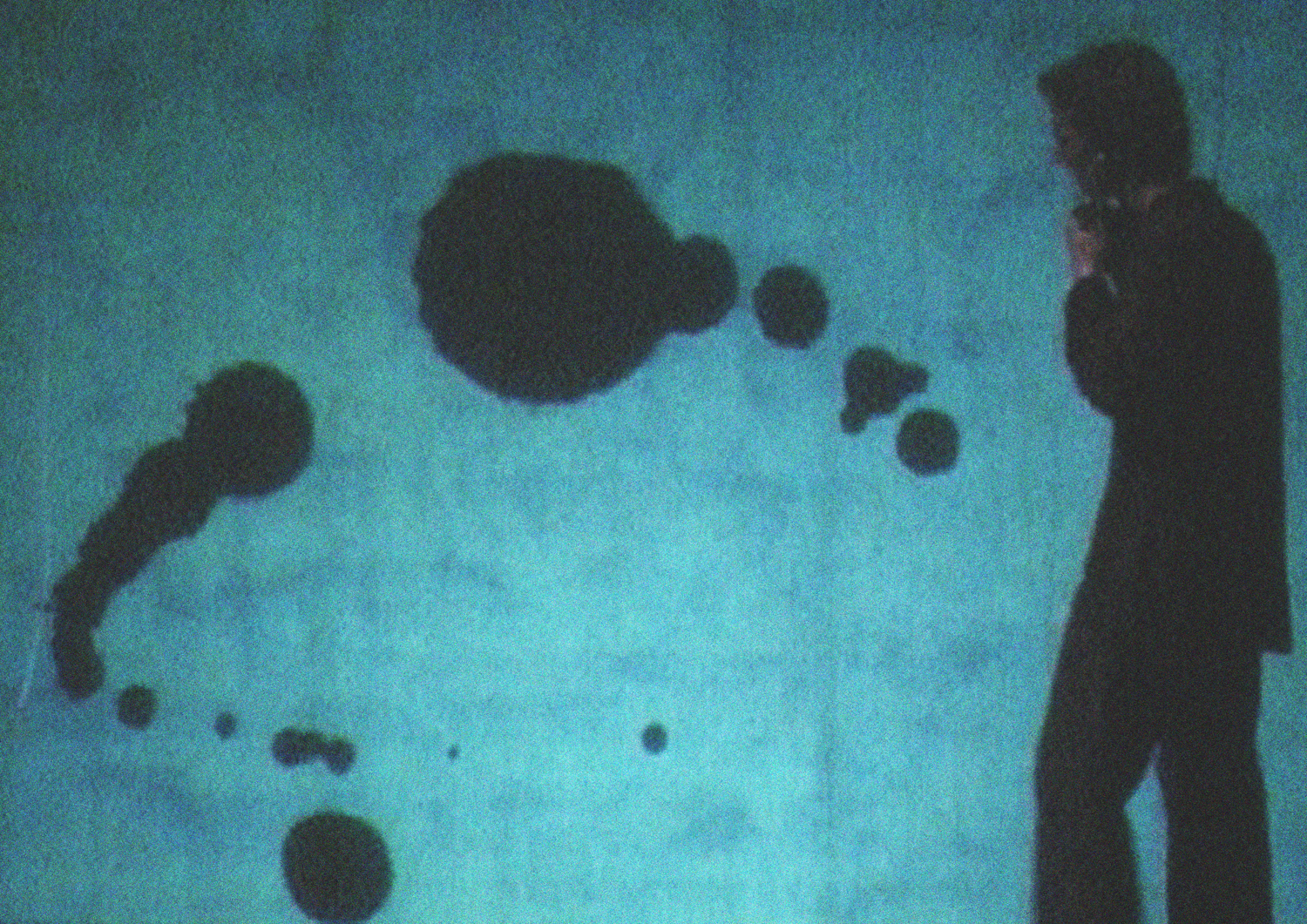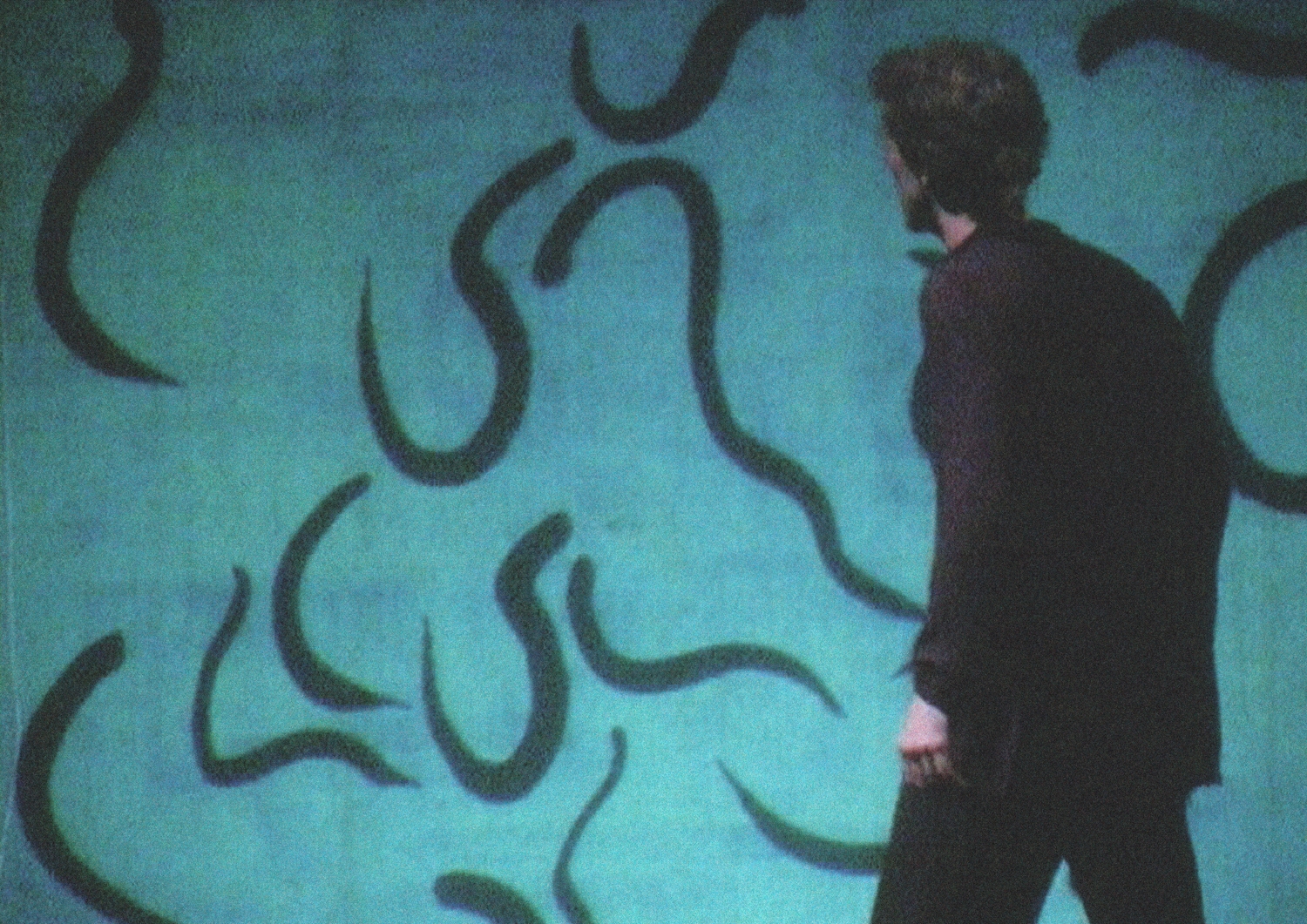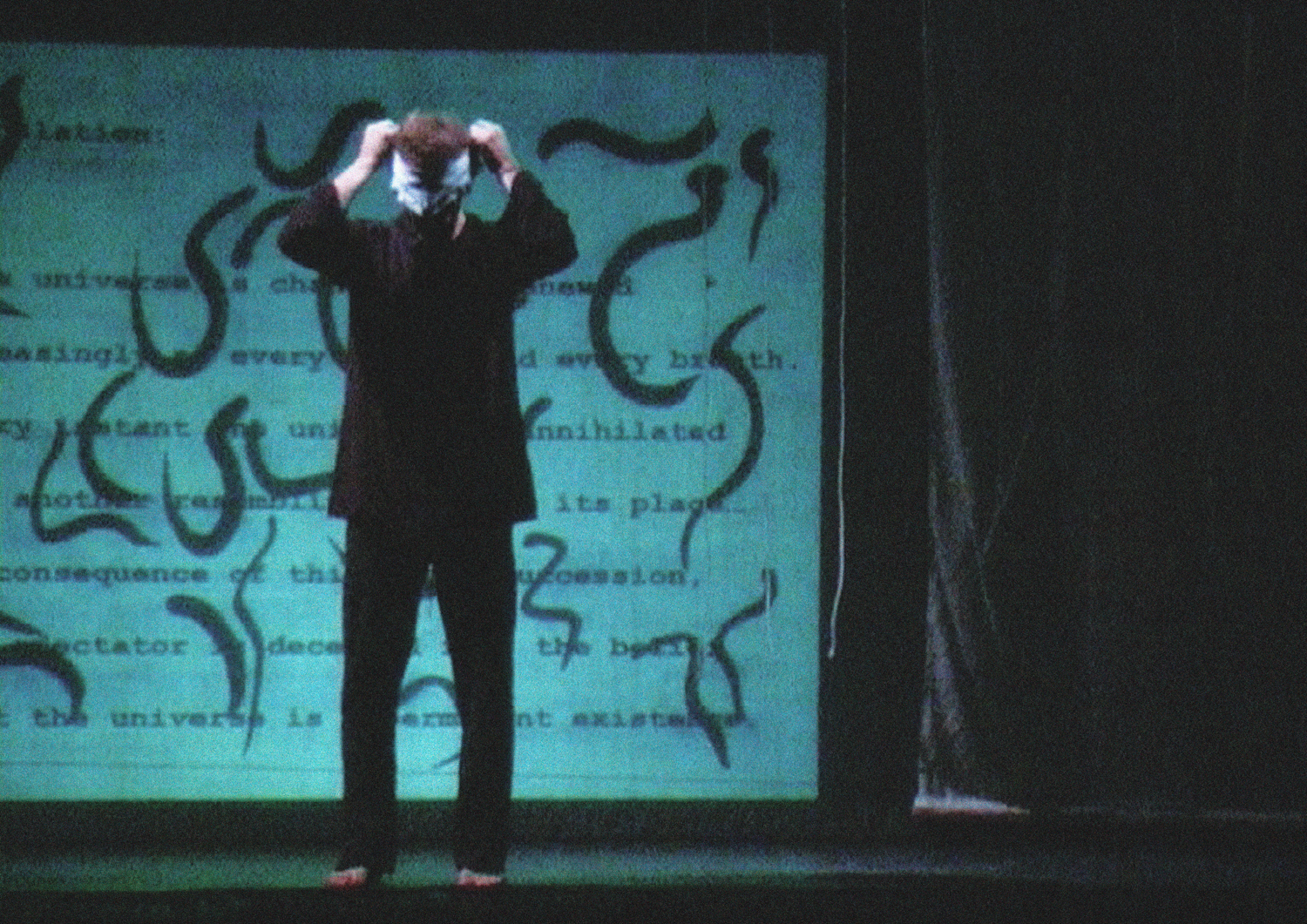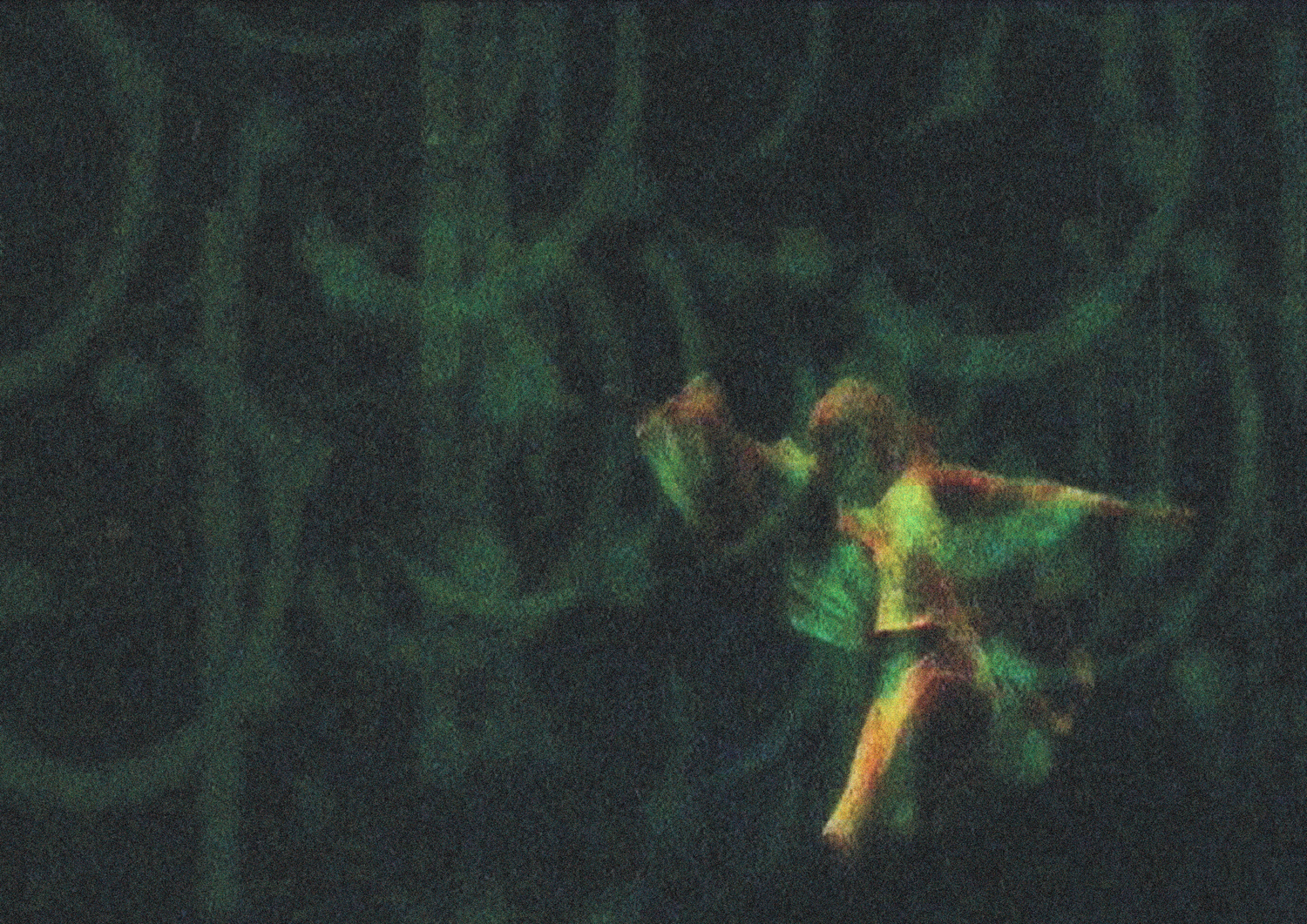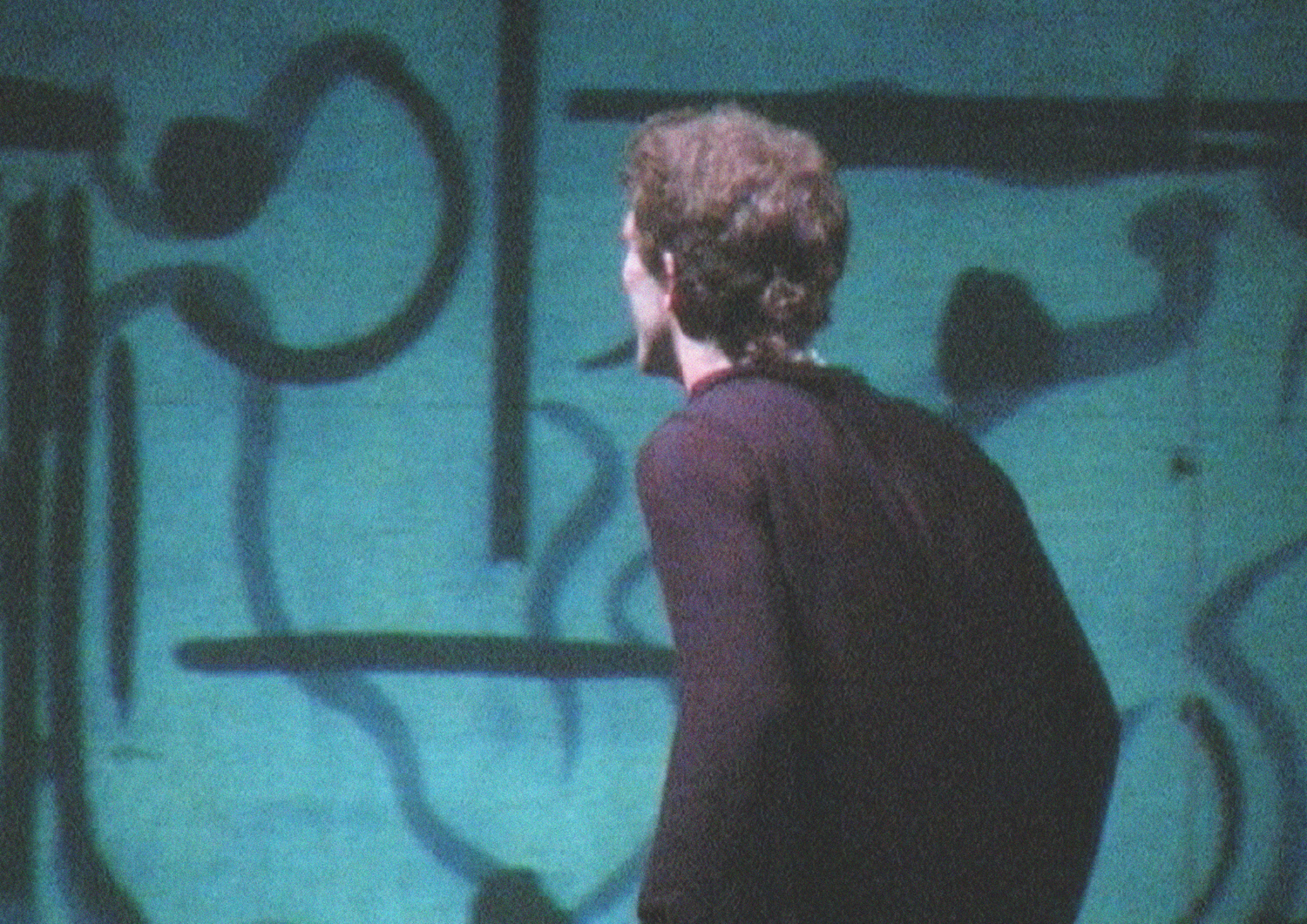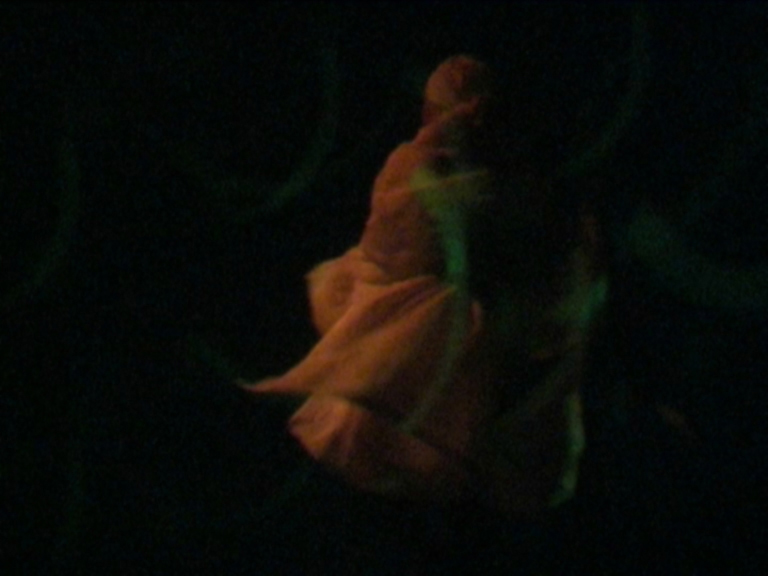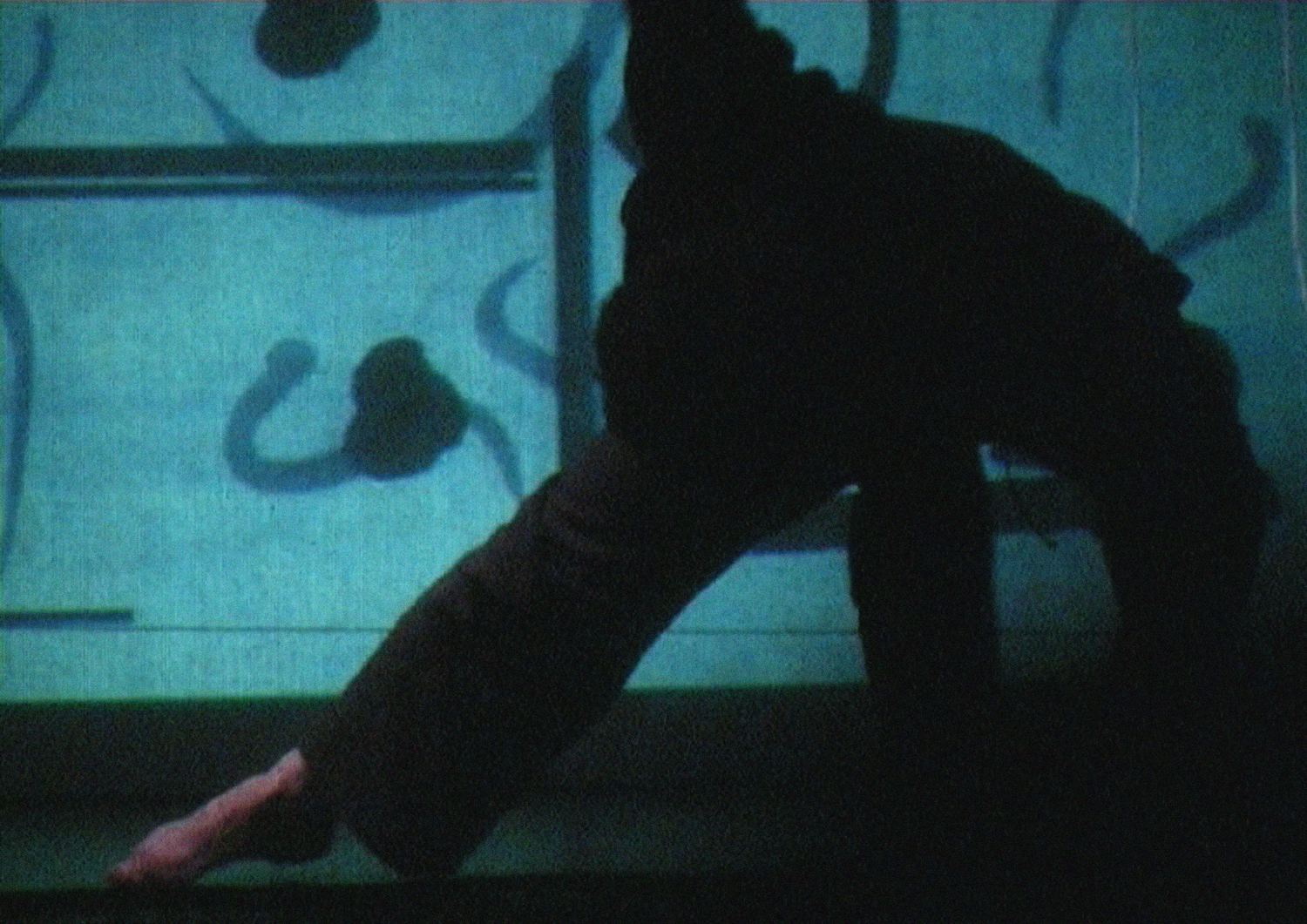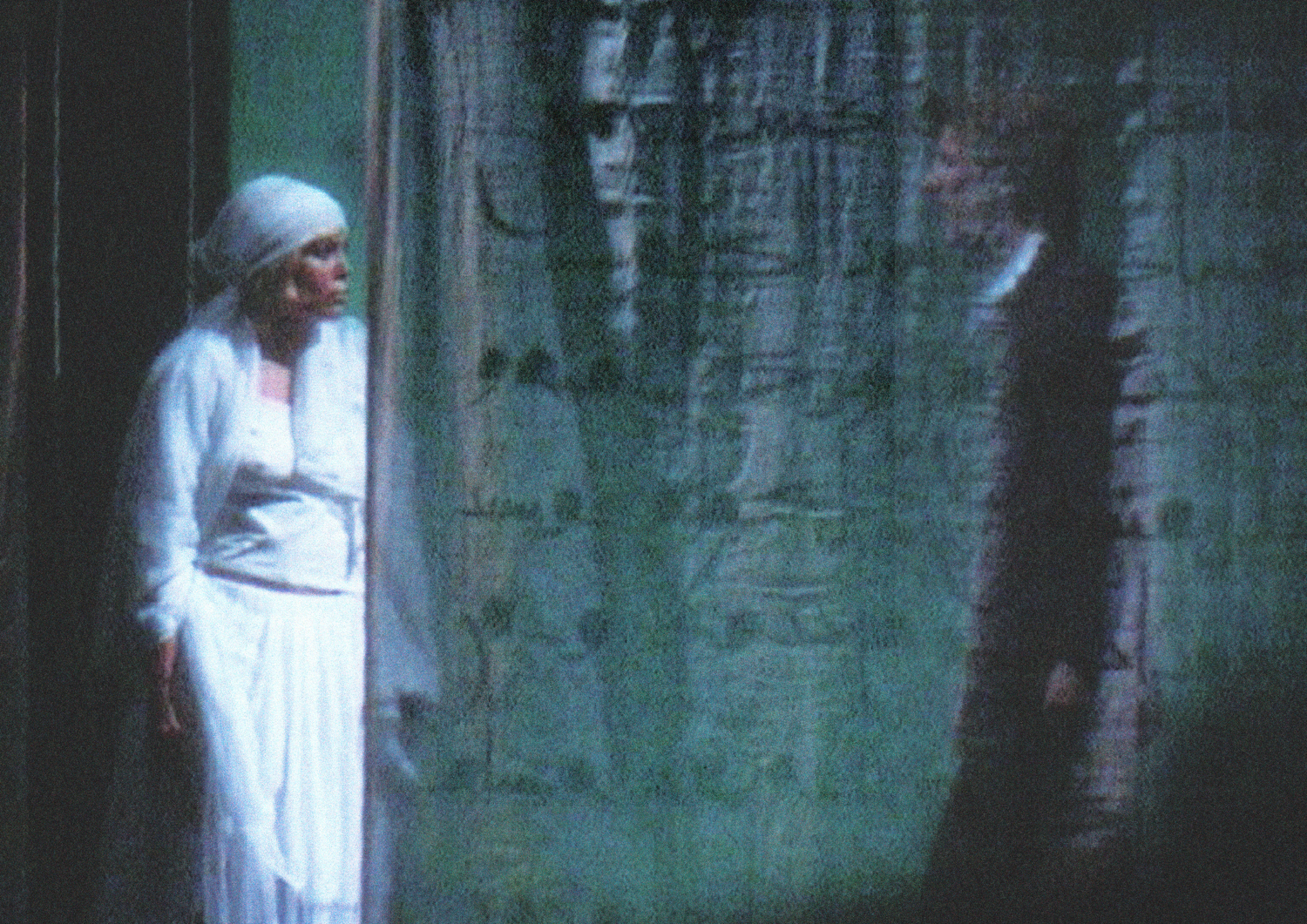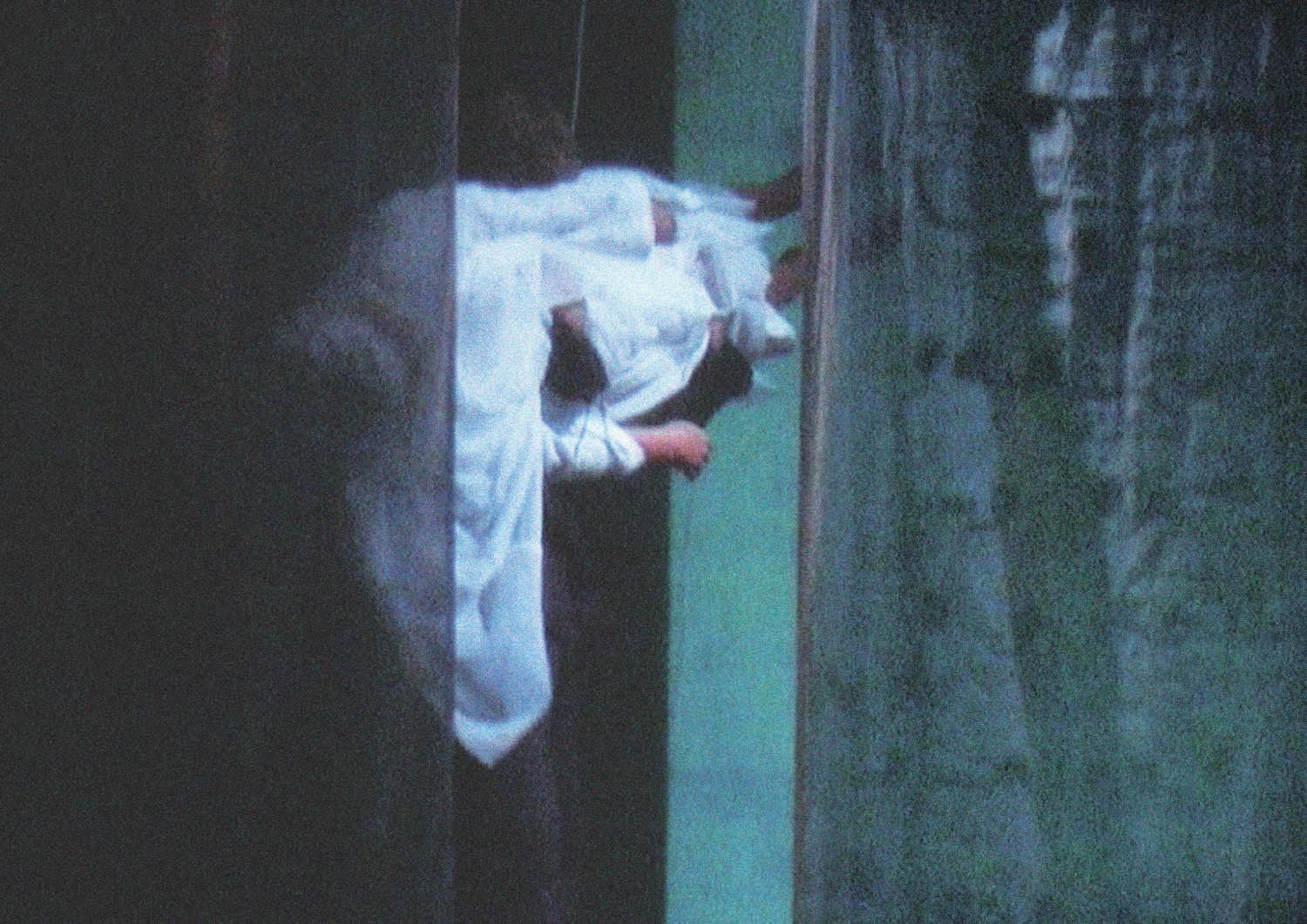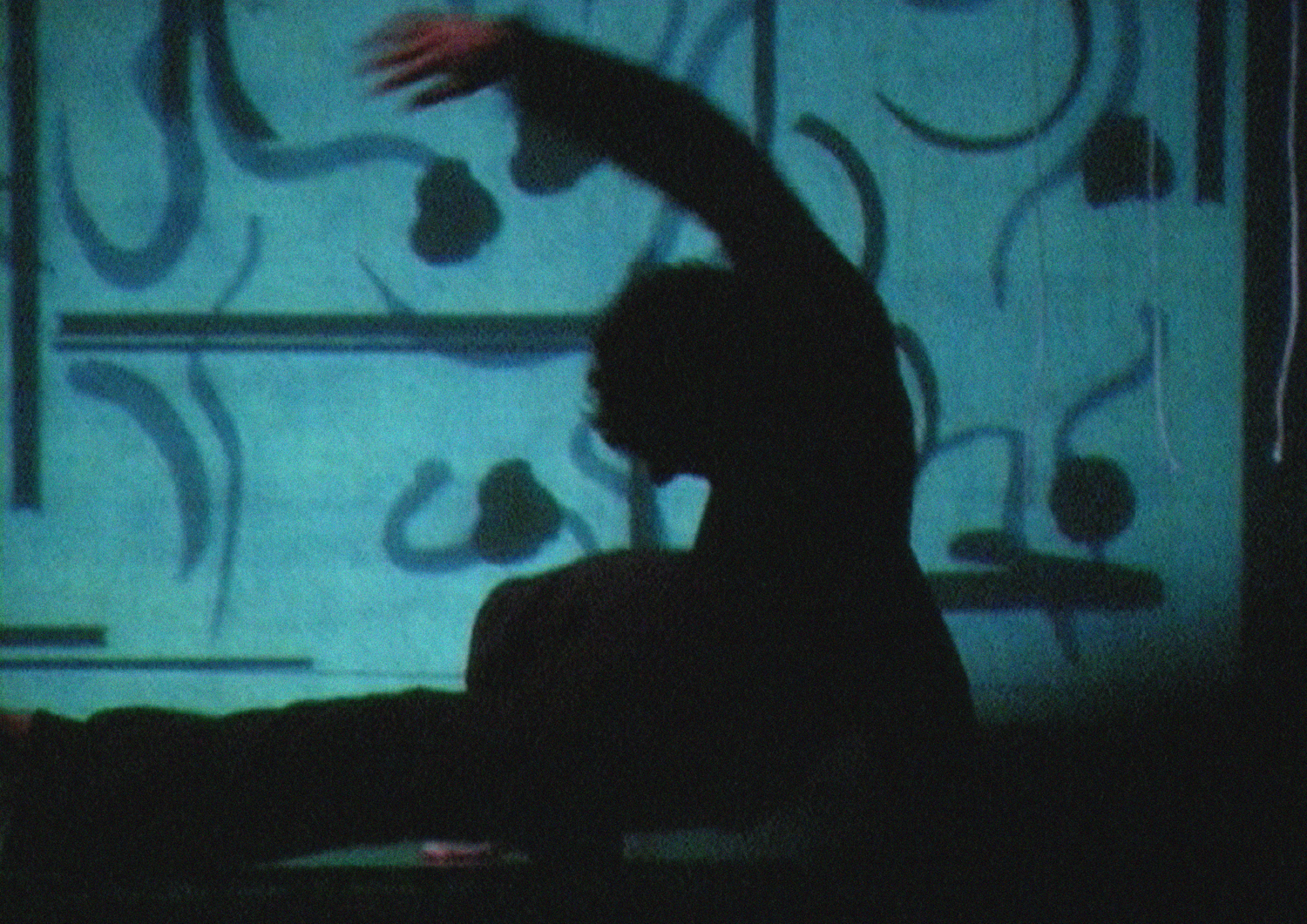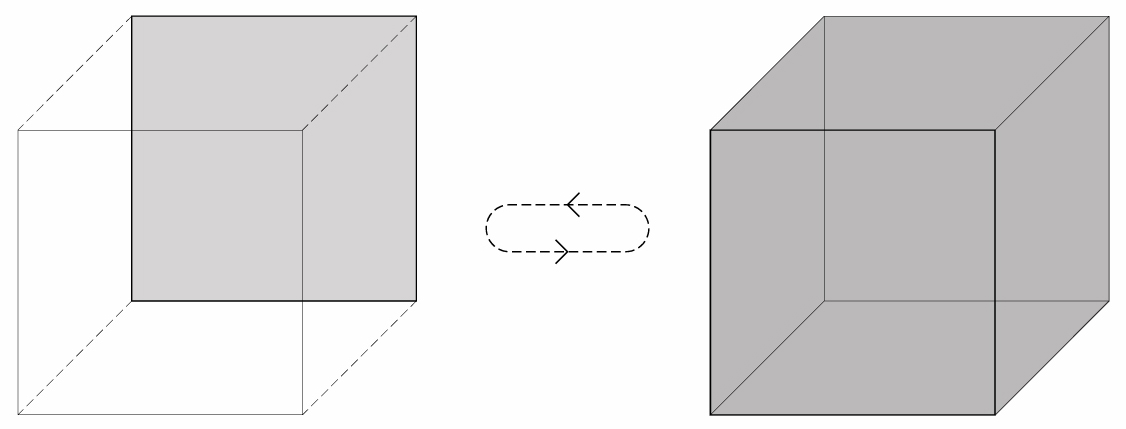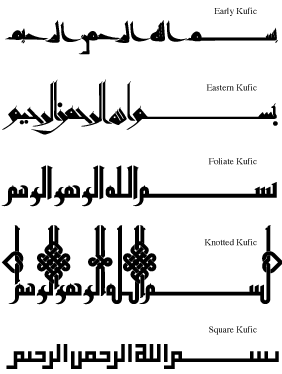“This universe is changed and renewed unceasingly at every moment and every breath. Every instant one universe is annihilated and another resembling it takes its place . . . In consequence of this rapid succession, the spectator is deceived into the belief that the universe is a permanent existence . . . Thus it never happens that the very being is revealed for two successive moments under the guise of the same phenomena.””
Space Is Not Empty
2005
A dance theatre performance exploring movement in Islamic calligraphy. Inspired by various styles of Islamic calligraphy and their unique visual rhythms, choreography, sound and video projections combine to create distinct temporal spaces which tell the story of a writer and a muse. The piece explores the limitations of language and the visible world as well as intercultural misunderstandings, through the quest of trying to capture the movement of the body. The piece was performed a few days after the July 7th terrorist attacks in London.
In the story, the (abstract) artistically-interpreted historical progression of Arabic scripts through time, from "static" (i.e. Kufic) to "dynamic" (cursive) and back to static, unfolds through the (concrete) narrative of a writer trying in vain to capture the essence of movement.
Location: Cochrane Theatre, London, UK
Scenoworks Festival
Central Saint Martins College of Art & Design Final MA Scenography project
Performed by: Elena Martin, Gabriel Reig
Sound design: Anand Gary
Script, Design, Direction
2D plane capturing words as static text vs. 3D space "full of" dynamic words
Early Arabic writing in Kufic script, evoking visual rhythm reminiscent of musical notation
“Joy, happiness, peace, anxiety and social violence are assimilated and expressed in the art of calligraphy. Through its capacity to absorb emotions and to revitalize them, it becomes a universal language, even though it is based on the Arabic alphabet and is therefore indecipherable for many . . .”
